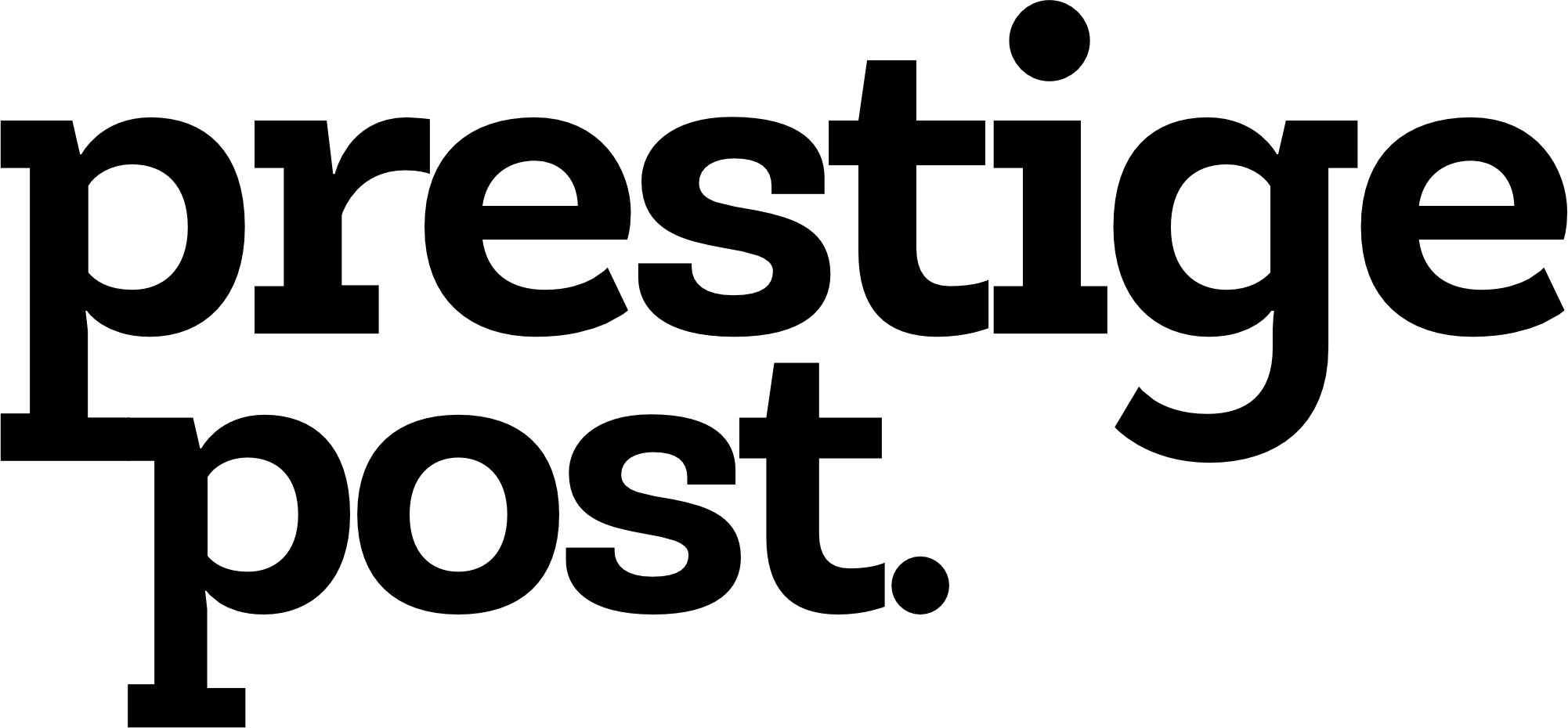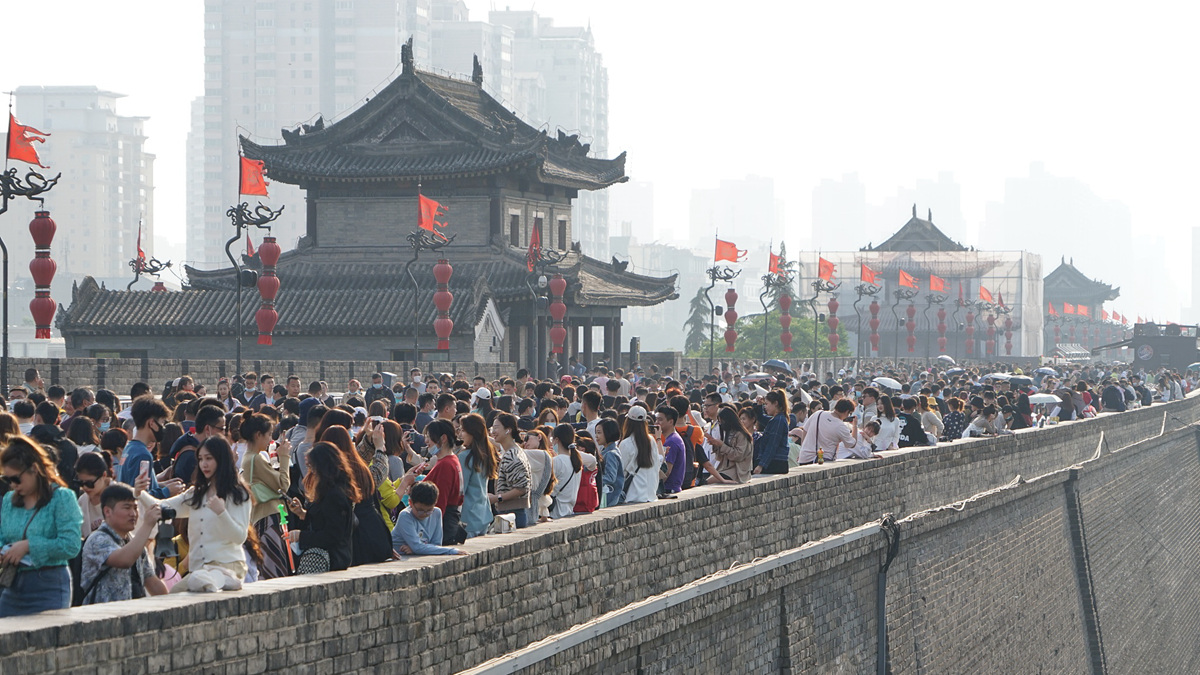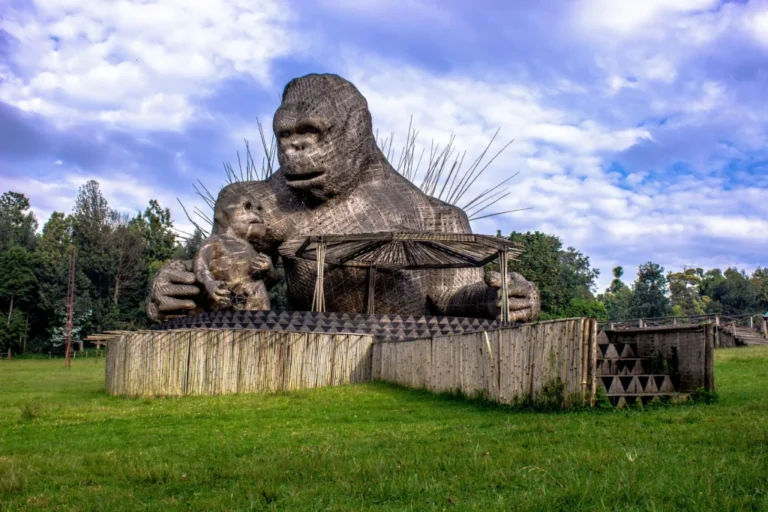China has witnessed a remarkable surge in tourism activity during the recent Labor Day holiday, according to data released by the Ministry of Culture and Tourism. Despite this surge, there are signs that consumers are exercising caution in their spending habits, reflecting broader economic concerns in the world’s second-largest economy.
The Ministry’s report revealed that mainland China saw a significant increase in travel during the five-day holiday period, with a total of 295 million trips recorded. This represents a substantial 28% jump compared to the same period in 2019, despite the latter lasting only four days. The surge in travel indicates a strong rebound in domestic tourism following the disruptions caused by the COVID-19 pandemic.
However, while the number of trips surged, overall tourism revenue during the Labor Day holiday reached 166.89 billion yuan ($23.6 billion), a modest increase of 13.5% compared to 2019 levels. This suggests that despite the increase in travel, consumers are spending less per trip, with average expenditure dropping by 6% to 565.73 yuan ($80) compared to five years ago.
A similar trend was observed in the entertainment sector, particularly in cinema attendance. Although the number of moviegoers during the holiday period exceeded 2019 levels, box office revenues remained relatively stagnant, reaching 1.527 billion yuan ($215.7 million). This indicates that consumers are prioritizing essential spending and are cautious about discretionary expenses.
Economists attribute this cautious spending behavior to several factors, including a weakening economy and rising concerns about job security. The recent downturn in the real estate market, which has traditionally been a significant source of household wealth, has further dampened consumer sentiment.
Recent economic indicators underscore the challenges facing China’s economy. The Caixin/S&P Global services PMI fell to 52.5 in April, while the government’s official non-manufacturing PMI dropped to 50.3, its lowest level since January. Additionally, retail sales growth slowed to 3.1% in March from 5.5% in February, reflecting subdued consumer spending momentum.
Inflation remains muted, with consumer prices increasing by just 0.1% in March compared to the previous year. This, coupled with slowing retail sales growth, suggests that consumers are prioritizing essential purchases and are reluctant to engage in discretionary spending. As China grapples with economic challenges, policymakers and businesses must closely monitor consumer behavior and adapt strategies accordingly. Supporting consumer confidence and promoting sustainable economic growth will be crucial in navigating the uncertainties ahead.









